I went to boarding school in Dublin, Ireland from the ages of 7-18 although my home during this time was in Hong Kong– as it still is today. The first school, to the age of 13, wasn’t too bad, but my abiding memories from the second, were of being almost permanently cold and hungry. The school was situated in the foothills of the Dublin Mountains and seemed to have been designed so that it had maximum exposure to any sort of inclement weather. While hardly Southern California or the Mediterranean, Dublin is not a city renowned for its cold and windy weather but my school had its own special micro-climate. Snow was frequent, rain near constant and gale force winds a feature for most of the year. In nearly six years, I can barely recall a single warm, let alone hot day. All of this was amplified by the almost total lack of heating; huge, concrete, bunker-style dormitories with large curtain free windows which our housemaster insisted be kept open at all time – although to be fair, the smell from 25 adolescent boys must have been horrifying. Interruptions to the feeble hot water system were a regular occurrence. In my junior years, one of the favored punishments that the sadistic house captains used to dish out was to have us do laps of the rugby pitch in the dark before breakfast, without footwear, while there was snow and ice on the ground. I truly believed that I suffered more from the cold than other pupils because two or three times a year I was able to return to hot, humid, sunny Hong Kong to thaw out. Although my class mates suffered as well, they had no yardstick by which to measure the school’s adverse climatic conditions. Ignorance is bliss they say but this was inapplicable to me.
I should remind you that this was in fact a school and not a reform centre for juvenile criminals. Somehow I survived my ordeal at this institution (the bass player from the rock band, U2, had enough sense to get himself expelled), malnourished certainly, perhaps even with a touch of scurvy (fresh food was a rarity) but without loss of frost-bitten digits and with the bare minimum of grades to slide my way into a lowly coveted course at a good university.
I doubt whether it really toughened me up. It certainly didn’t improve my behavior, much to the bemusement of my parents but what it did do was foster a deep, deep aversion to cold weather climates. From an early age, the overriding motivation in my life was to get out of Ireland and return to warm weather Asia. I left Ireland the day after my final exam, missing my graduation ceremony in the process. Before settling in Asia I felt it fair that I first spend the better part of a year warming up on Australia’s many beaches.
When I first started to get into nature photography, all my land-based and underwater diving trips were restricted to hot weather destinations. At work, I found multiple excuses – not always successful – to avoid marketing trips to the US and Europe during the winter months.
But I kept seeing all these great images from snowy, cold weather countries and something inside me kept nagging to give these places a try. Finally, in December 2008, I traveled with Paveena to Jigokudani in Central Honshu, Japan to visit the famed snow monkeys. Although it was only a brief trip, we both loved it. Dressed correctly – something impossible back at school due to the strict dress code – I found that the cold hardly bothered me. Nearly a year a later, we journeyed to the Antarctica to the Emperor Penguin colony at Snow Hill on the Weddell Sea ice shortly after which I made my first trip to the winter, wildlife wonderland that is Eastern Hokkaido.
I have written before of my love affair with Japan. While crowds at its idyllic scenic and wildlife hot spots can be an issue and on occasion, you may be confronted with frustratingly inflexible locals, time and time again, Japan redeems itself. From its tangible sense of history and cherished traditions, to its unexpectedly beautiful landscapes, charming courteous people, super efficient transport network, wonderful onsens and tantalizing presentations of extra delicious food, Japan is a special place, and no more so than in Eastern Hokkaido where large concentrations of spectacular avian wildlife can be found against a backdrop of dreamy, snow covered mountains and forests.
In mid-February, I headed back for my third visit to this region. Arriving in Sapporo with aspiring photographer, Paul Quah, we headed across the island by train (briefly taking the wrong one in the process!) arriving in Kushiro city late in the evening but still time enough for us to ferret out a fantastic Japanese BBQ and hot pot restaurant.
A 6.10am train the next morning almost proved too much Paul, who made the train with seconds to spare. Our destination was Lake Kussharo, home to several hundred migratory Whooper Swans and my personal favorite site in the whole region.
Many of the photographic tour groups that I run into stay at drab, soulless western style hotels while there are many delightfully rustic lodges and ryokans to choose from which not only offer better value and immeasurably superior food but have a much more “homely” feel to them.
Many photographers and even local guides visit only one main destination at Lake Kussharo when in fact there are several other less well-known sites, most of which you will have to yourself. The following set of images are from one such site. On the many occasions I have been there, never once I have encountered another photographer or tourist. We visited this site over the course of three days and as is common in this area, encountered a wide variety of weather conditions.
Late one afternoon, Paul and I gingerly made our way out onto the frozen lake, lying prone on the snow and ice. Sure enough, a number of the Swans came over to check us out hoping to be fed (locals regularly feed bread and grain to the birds).
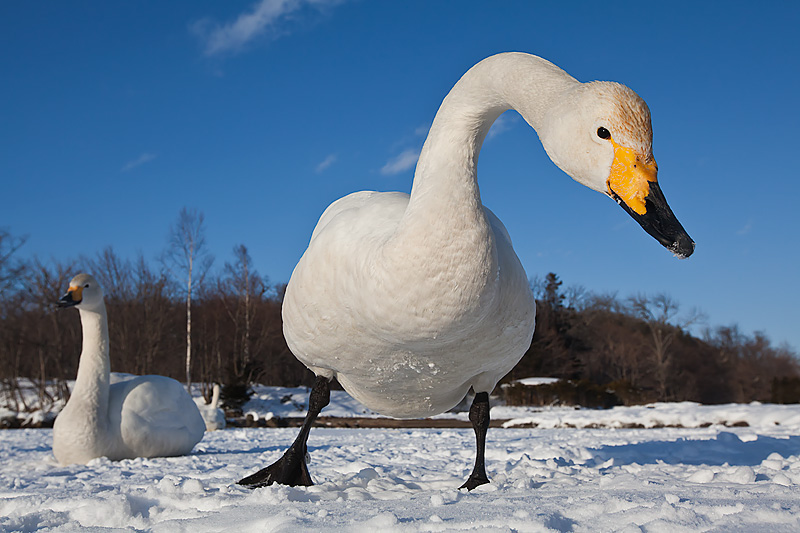
Inquisitive Whooper Swan on frozen, snow covered lake, close-focus, wide-angle, Lake Kussharo, Hokkaido, Japan
One of the days at Lake Kussharo started off with clear although extremely cold weather, but by the afternoon it had begun to snow intermittently with near white-out conditions at times. The large opening at the shore of the frozen lake site shown in some of the previous images had now almost disappeared. The temperature at this stage had dropped to around -15c but with the bone numbing wind, felt appreciably colder. I would regularly have to break from shooting to massage my fingers with the hand warmers that I had stuffed into my retractable mittens in order to bring back feeling to my frozen digits.
One of my pet photographic peeves is horizon lines cutting through wildlife subjects and I strive to adjust my positioning, either by getting lower or higher to avoid this. Ideally, I should have sought a higher elevation for this next image but the horizon line is not too distinct and I like the composition and the story telling quality of the image.
Heading back to the main photographic shooting site at Lake Kussharo, it began to snow heavily with a biting wind howling into our face. Photography was challenging to say the least with the front element of our lenses having to be wiped continuously. We were surprised to find numerous swans both taking flight and landing.
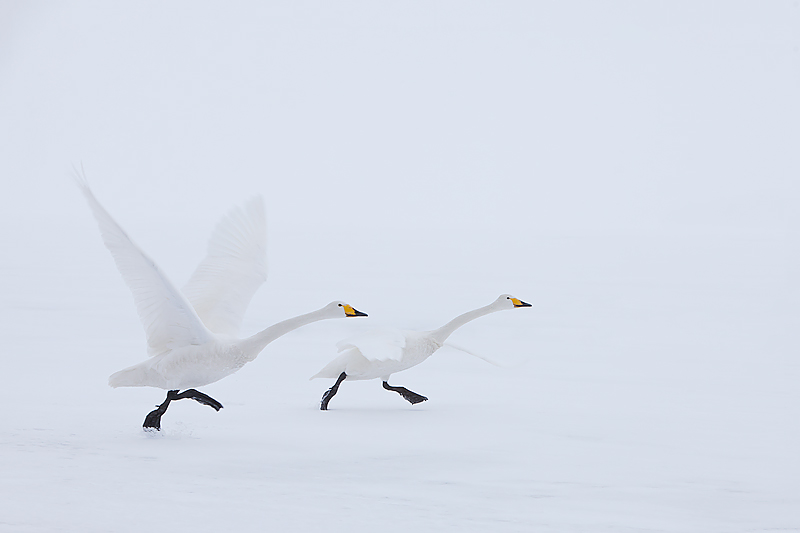
Whooper Swan pair taking flight from frozen lake in white-out conditions, Lake Kussharo, Hokkaido, Japan
After a while though conditions simply became too severe for flight with the Swans hunkering down on the ice floes, faces tucked under their wings as they tried to find some respite from the freezing wind. It was also time for us to call it a day. Unlike the Swans who would have to tough it out as darkness descended, a piping hot onsen and fabulous food awaited us.
The next day dawned fine and clear with hoar frost blanketing the trees. We made our way to a “secret” spot where numerous swans spend the night in thermal-warmed waters near the lake shore. The warm water and cold air produces clouds of steam which wafts around the swans in the crisp air. I had to think for some time about my composition in this next image but I think it succeeds quite well with the hoar frosted branches providing a frame from the top, leading into the distant snow covered hills and frozen lake and with the swan pair in the foreground.
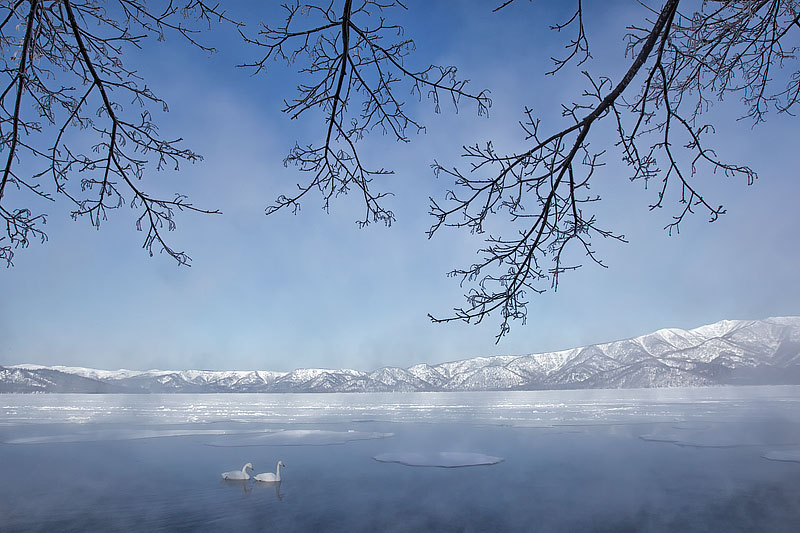
Whooper Swan pair on frozen lake opening with hoar-frosted trees at top and thermal generated steam in the foreground, Lake Kussharo, Hokkaido, Japan
Once it gets to about 7.30am, the swans leave this site, at first flying low over the frozen lake, then gaining height before coming down to land at the main spot where they will spend the duration of the day. We were able to position ourselves so that we could capture some nice images of their initial flight path – in this case using a slower shutter speed and panning with the swans to provide a sense of movement.
We then raced around to the main landing spot in time to see several spectacular swan descents.
We also had opportunities to shoot some tighter portrait-style images of the swans.
From there we proceeded south along the lake shore to another infrequently visited site. Here, thermal-fed hot spring water attracts large numbers of swans with clouds of billowing steam rising up through a nearby overhanging tree.
Shooting into the sun, but using the tree branches to block most of it, we were able to capture shafts of sunrays arrowing down from the branches through the steam.
Back at our lodge we were met by my Japanese guide, the same one that I have used for the last three years. Having experienced the lousy quality of the guides that some other photographic tours use, I count myself extremely fortunate to have found such a knowledgeable, friendly guide for whom no request is too much trouble. From Lake Kussharo we drove north west to the Shiretoko Peninsula and the fishing port of Rausu. On the way we stopped to buy some freshly caught King Crab at a price one-tenth of that at Sapporo airport. Later that night we were able to take it to a small restaurant where they prepared it for us: totemo oishii desu! (very delicious).
At 4am the next morning we were up to get ready for a boat cruise to the pack-ice and subsequent eagle feeding. Last year we were unable to make it out of the harbour because the ice was so thick. This year we would need to motor at high speed for almost an hour, to the edge of Russian territorial waters before finding the pack-ice. The crew then throw out large quantities of frozen fish onto the ice which attracts at least 50 White-Tail and Steller Sea Eagles – the latter being, on average, the world’s heaviest eagle.
We only did one boat cruise and if you have limited time, one or two boat rides is enough, especially for me as the swans and cranes are a bigger attraction. It was the right call because on the drive back to our guide’s wonderful house in Tsurui, we had an amazing wildlife encounter.
We were driving along a quiet road with rolling snow fields and forest on either side. We had stopped briefly to photograph a lone tree in a snow field as light snow fell.
A few minutes later as we continued driving, we noticed a crow flying erratically as if it was mobbing something. Our view was partly obscured by some trees but when we came over the hill, we were amazed to see two Red Foxes on a nearby ridge. Stopping the vehicle abruptly, we were quickly able to see that they were mating, but as is sometimes the case with various mammal species, they were facing away from each other having awkwardly become “stuck”.
The three of us were quickly out of the vehicle, all carrying our longest lenses (that would be a 600mm lens for me). There was no time for a tripod which anyway would have proved way too cumbersome with the snow up to our thighs. We advanced about ten meters towards the foxes, still out of realistic photographic range. Keeping low against the snow, we gave the foxes some time to get used to our presence. They seemed unconcerned by us and not surprisingly more intent on trying to extricate themselves from the uncomfortable position they had got themselves into. There was much growling, yelping and flying snow as they attempted to separate. In the meantime, we continued to inch forward until we were maybe 40-50m away.
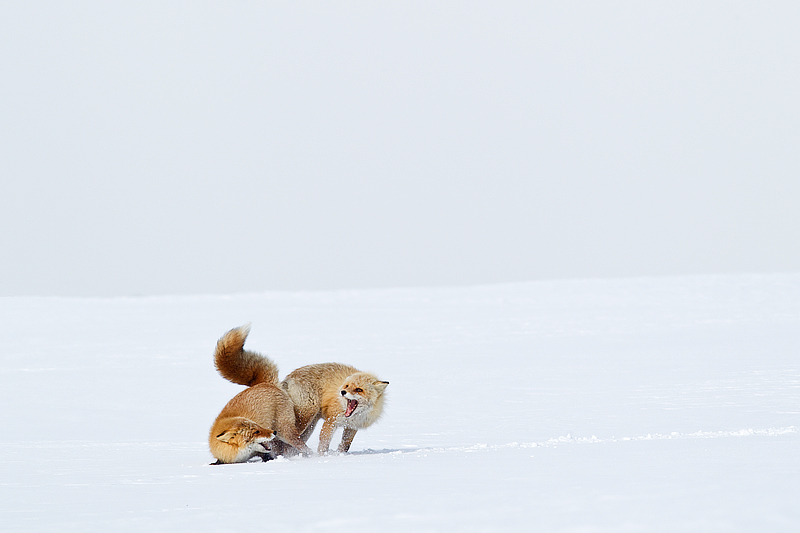
Red Fox pair attempting to extricate themselves from awkward copulation position, Eastern Hokkaido, Japan
Finally the pair managed to separate. They paused momentarily, sniffing one another, then each shook its fur and they bounded away in different directions. I couldn’t believe how lucky we’d been. You could wait in a hide for years and never witness this sort of behaviour up close. A very lucky day indeed.
Before the Cranes, we had time for some landscape photography, often overlooked by most photographers to this region, but if one looks hard enough, there are many opportunities. Here are firstly, two lone apple trees on a snow covered hill. I have photographed these before but never tire of them.
A little further on we were able to photograph these Elder trees, standing like skeletons on this windswept, otherwise featureless snowy hill. I love these minimalistic type shots and winter landscapes often produce the limited tonal range and stark features that make these kinds of images.
Winter landscapes can often be conveyed best in black and white. While photographing the swans early one morning with a tangled forest of birch and beech trees at my back, I had the good sense to occassionally turn around to see if anything interesting was going on behind me. This image was taken just as the first rays of the sun began breaking through the forest.
For most photographers, and that includes me, the main purpose of journeying to Eastern Hokkaido is to try and photograph the Red-Crowned Crane courtship dance. This statuesque bird, with its two meter wing-span, is the national symbol of Japan and was once found all over the country. Through hunting they became so rare that by the 1920s were thought to be almost extinct. However, a small population was located in Eastern Hokkaido and helped by feeding programmes at several sites in the area, their numbers have reached around one thousand although they remain confined to this one small area in Hokkaido.
The poetic courtship display involves dancing, jumping and chasing, which is of special importance because like a number of other large avian species, eg Albatrosses, they mate for life.
The addition of falling snow always adds a third element to any image of the cranes and can help give an otherwise ordinary photo that something extra. It’s also important to sometimes pull back and show the environment that the birds live in. Doing so often provides a more atmospheric type of image.
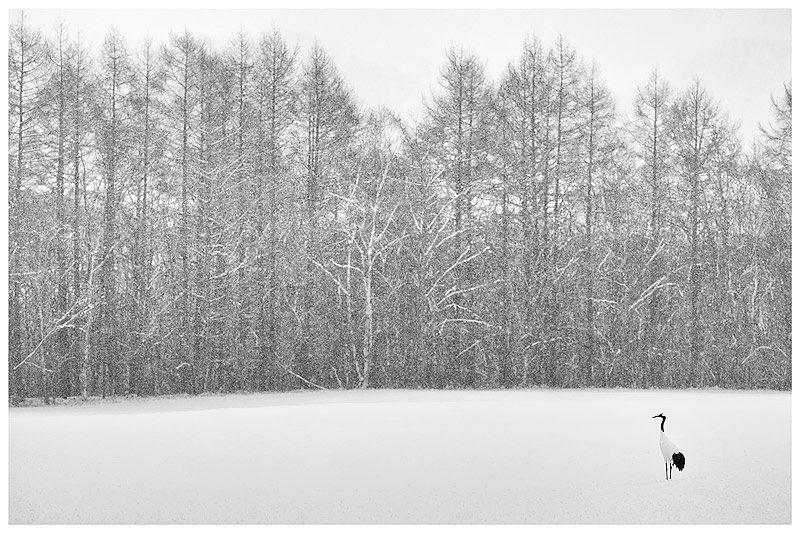
Red Crowned Crane standing in snow covered field as snow falls against Birch and Evergreen trees in the background, Eastern Hokkaido, Japan
We also had lots of opportunities for flight shots. The first few are of White-Tailed Eagles and Black Kites at the Akan Crane Centre.
Opportunities for crane flight images abounded. With so many chances, it was important to shoot a wide variety of images and for me, the panning shots using shutter speeds of between 1/30th and 1/60th of a second are far more pleasing than the frozen, fast shutter speed images. Images containing movement or blur are very much a matter of personal taste. My own preference is to have the head and eye relatively sharp and other parts of the animal showing some blurring.
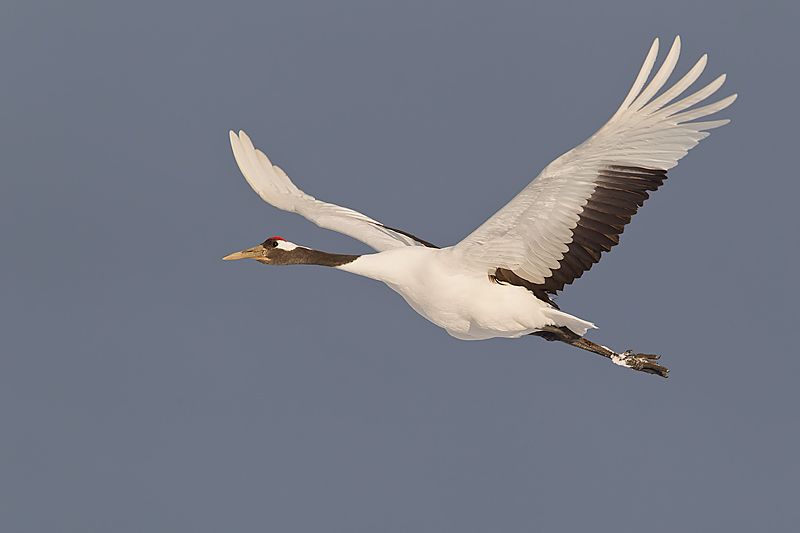
Red Crowned Crane in flight in sweet late afternoon light, Tsurui Itoh Crane Sanctuary, Hokkaido, Japan
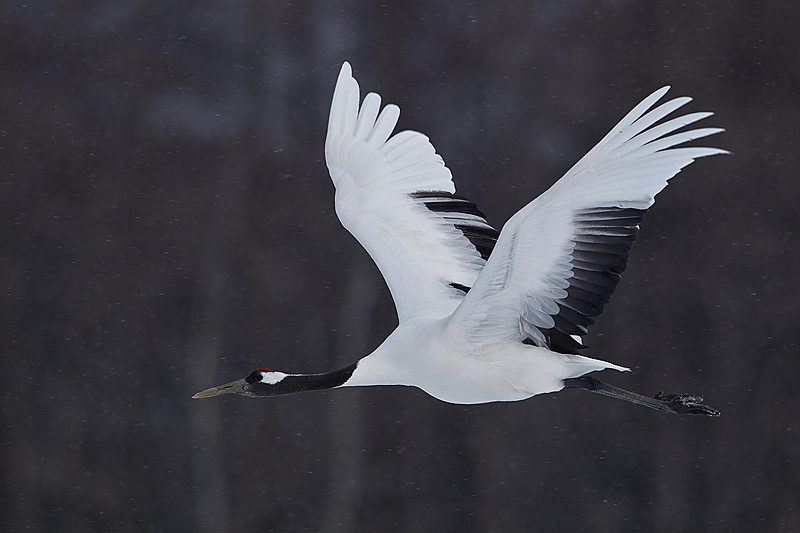
Red Crowned Crane flying against dark trees and lightly falling snow, Tsurui Itoh Crane Sanctuary, Hokkaido, Japan
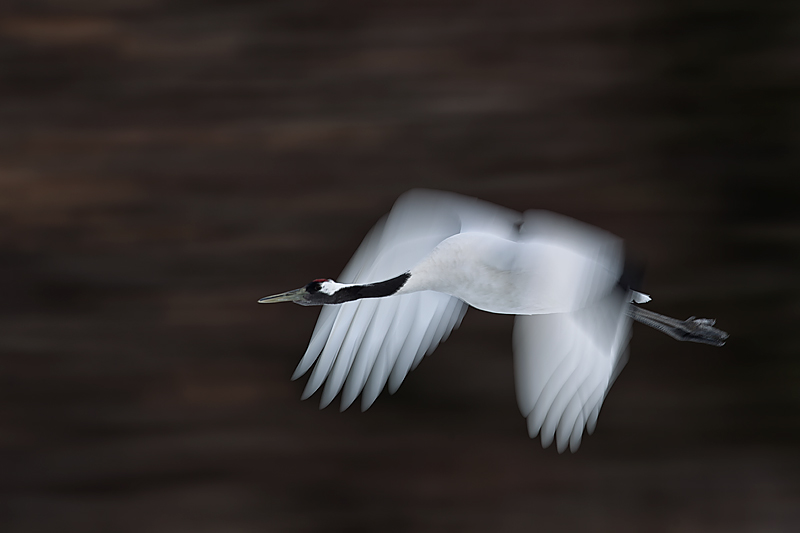
Red Crowned Crane in flight against dark trees with brown leaves, Tsurui Itoh Crane Sanctuary, Hokkaido, Japan
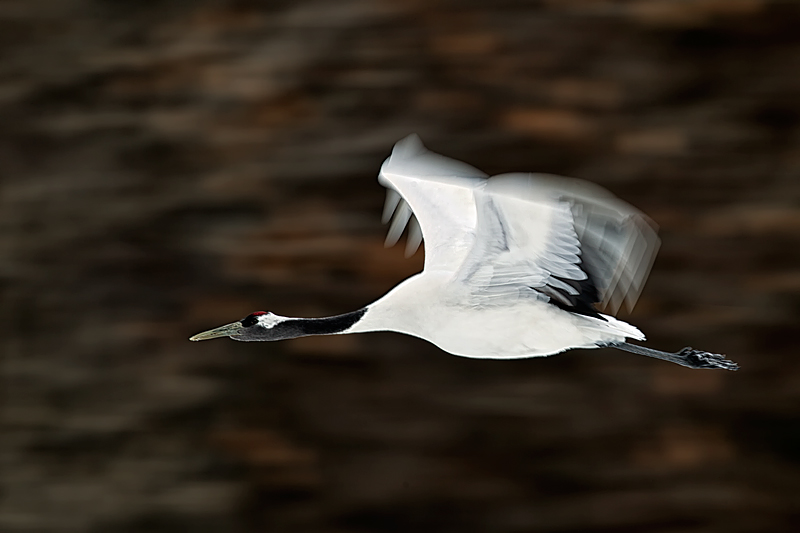
Red Crowned Crane in flight against dark trees with orange/brown leaves, with motion, Tsurui Itoh Crane Sanctuary, Hokkaido, Japan
I visited a new destination in the area for the first time, Lake Furen. The locals feed Eagles every morning on the frozen lake and we had hoped to be able to get out onto the ice and shoot from within blinds. However, this proved impossible and the feeding itself was frustratingly a little too far away for most images. I did manage to get a sequence of sub-adult White-Tailed Eagles squabbling over a fish with the 600m and 1.4x convertor (on a Canon MK 4), ie an effective focal length of 1,092mm. Both of these images have been cropped about 30% which is roughly the maximum I’m prepared to go to.
And so it was time to leave the winter wonderland of Hokkaido. All in all it had been an extra special trip. I will definitely be returning next year and will be taking three persons with me. I currently have room for two persons. The likely dates will be February 16th to 25th or 26th. IF YOU ARE SERIOUSLY INTERESTED, PLEASE CONTACT ME ON paulconormckenzie@yahoo.com. The cost will be reasonable, accomodation and food excellent and the photographic opportunities fantastic.
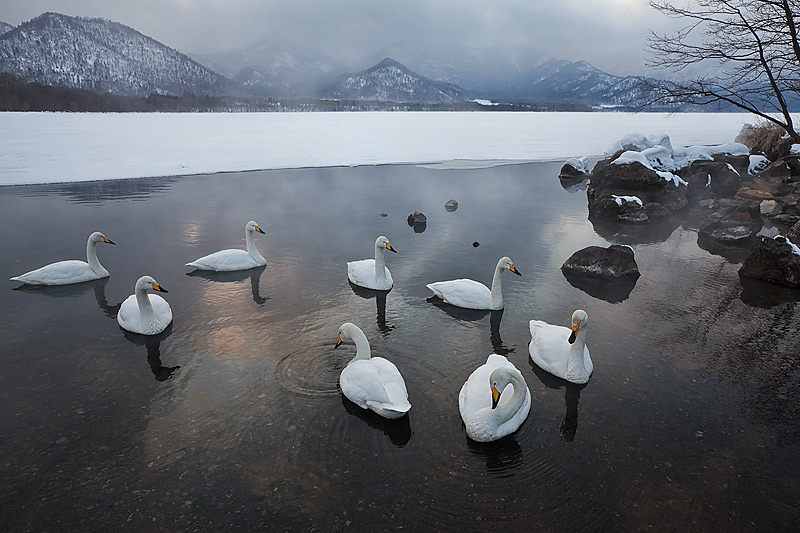
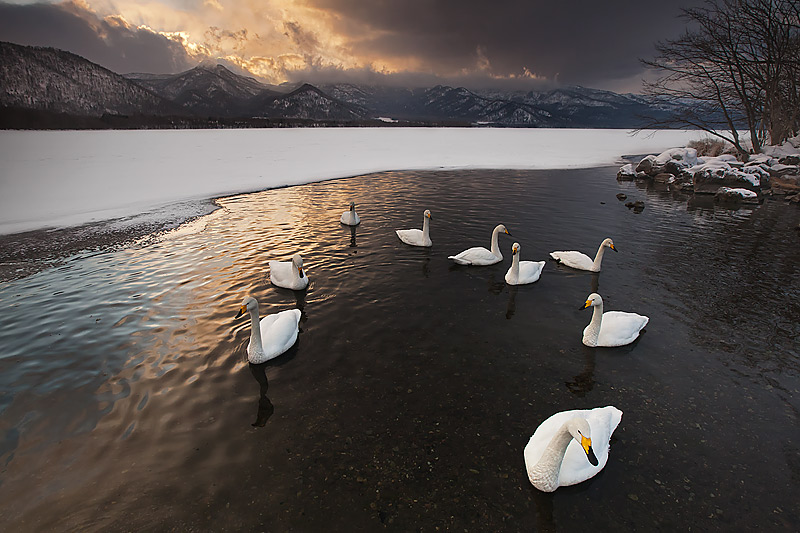
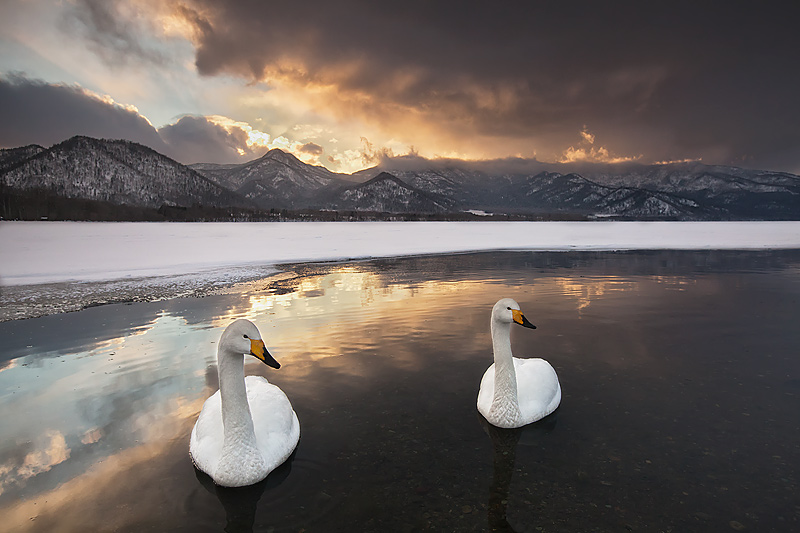
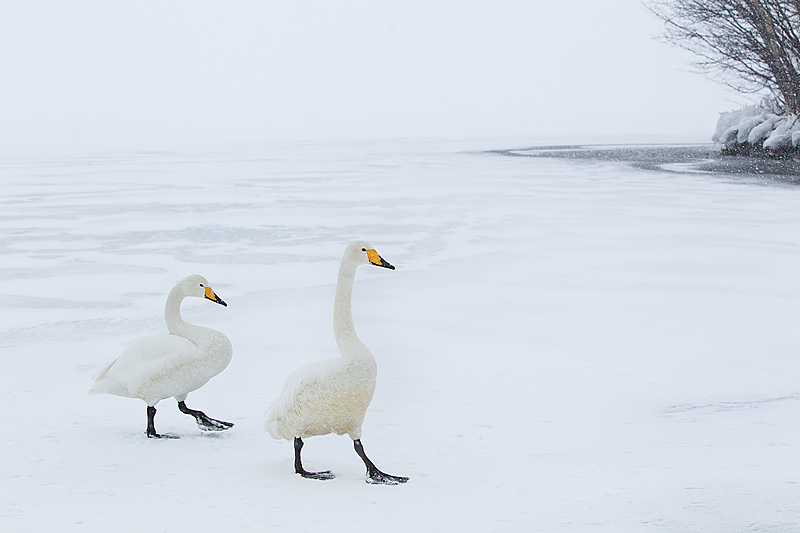
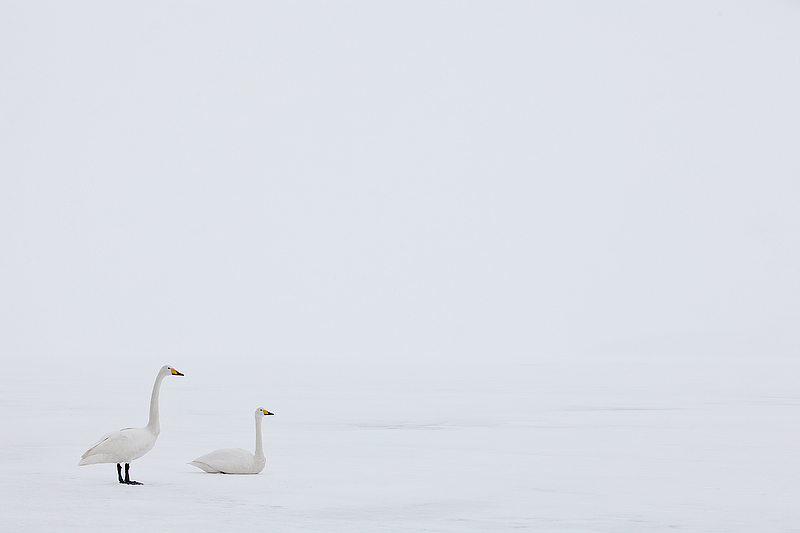
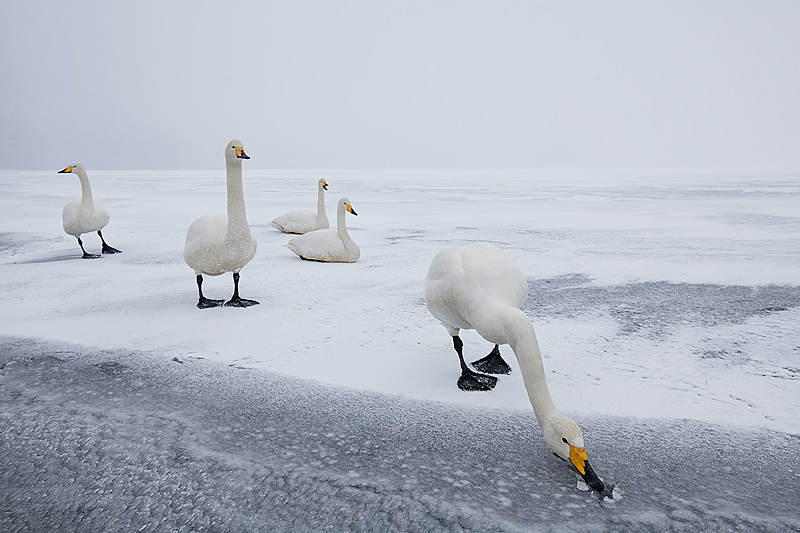
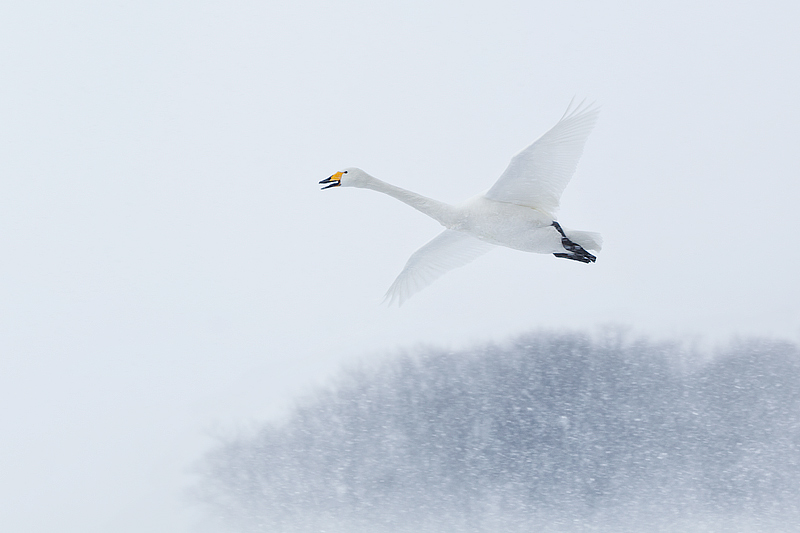
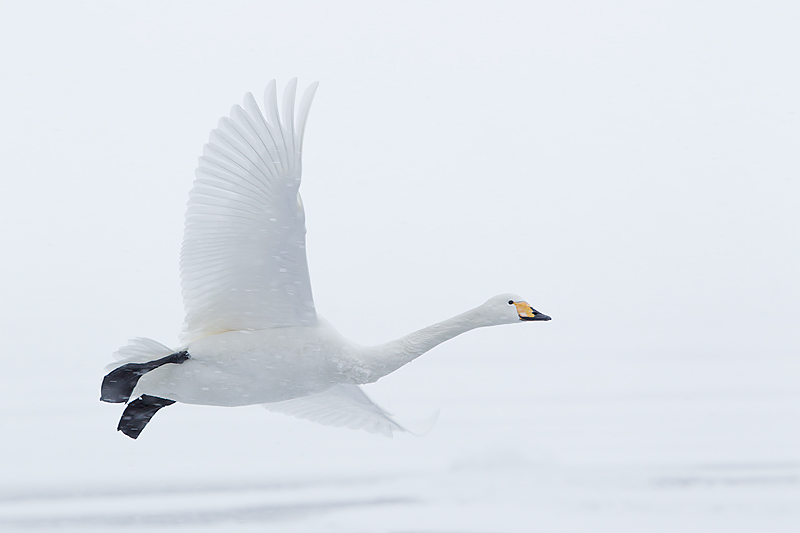
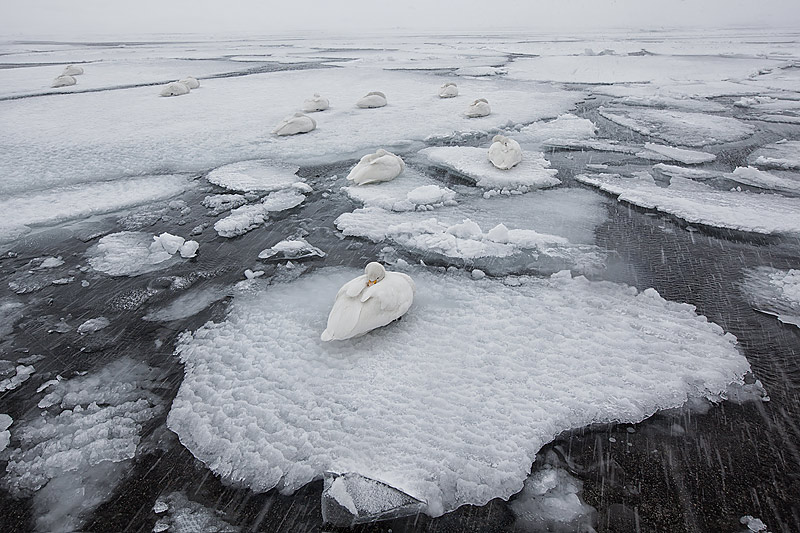
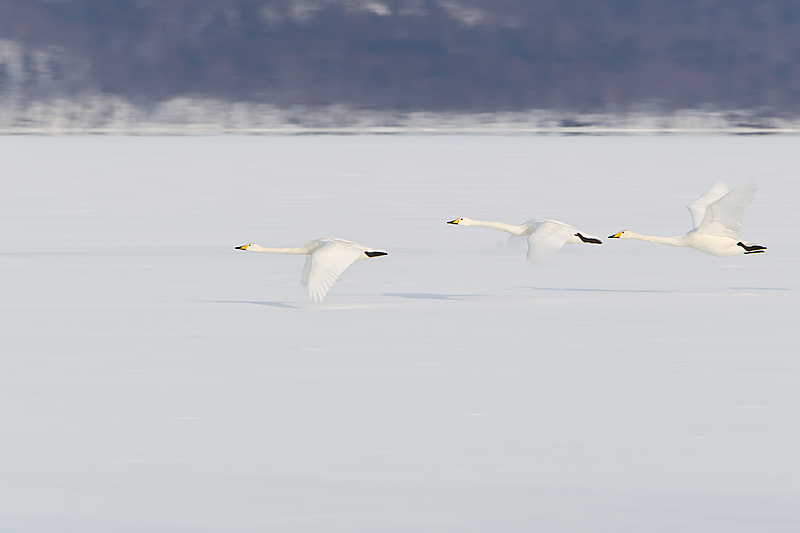
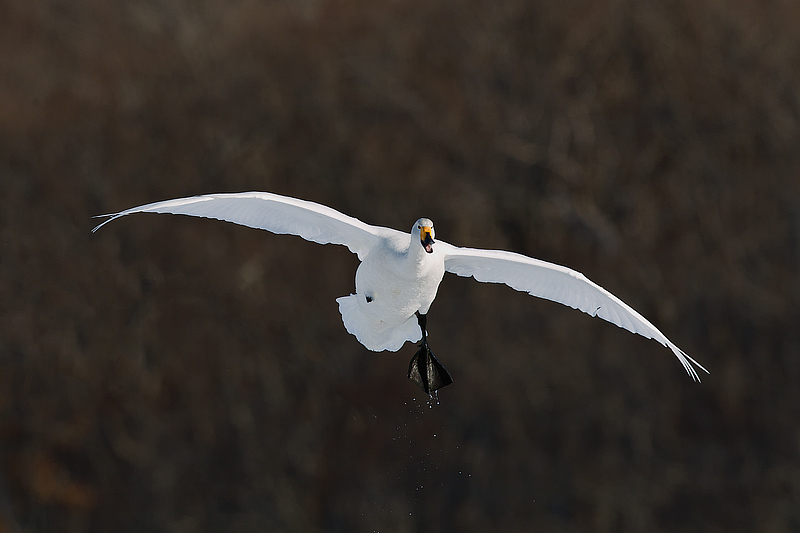
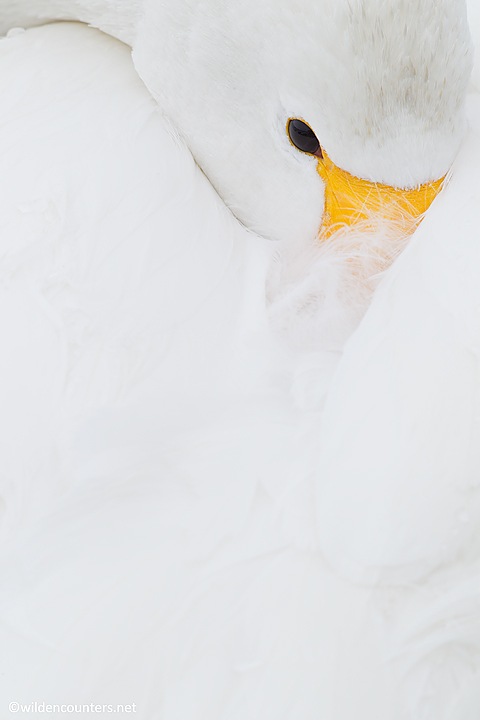
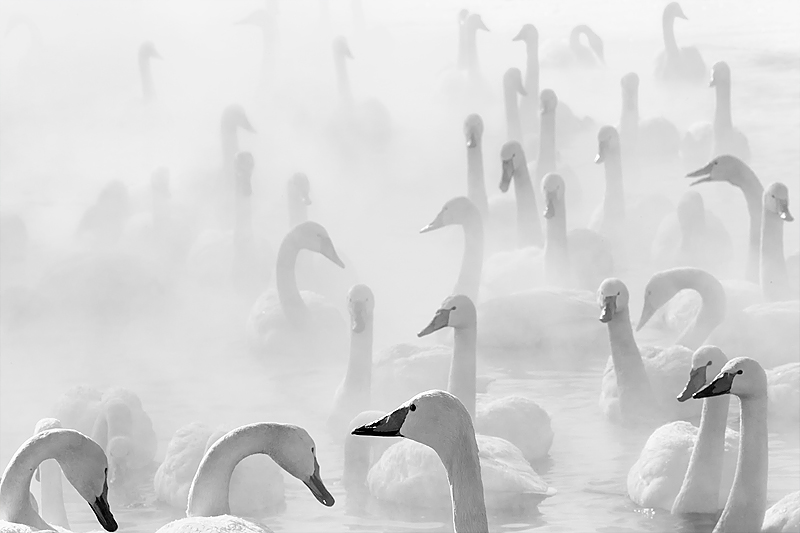
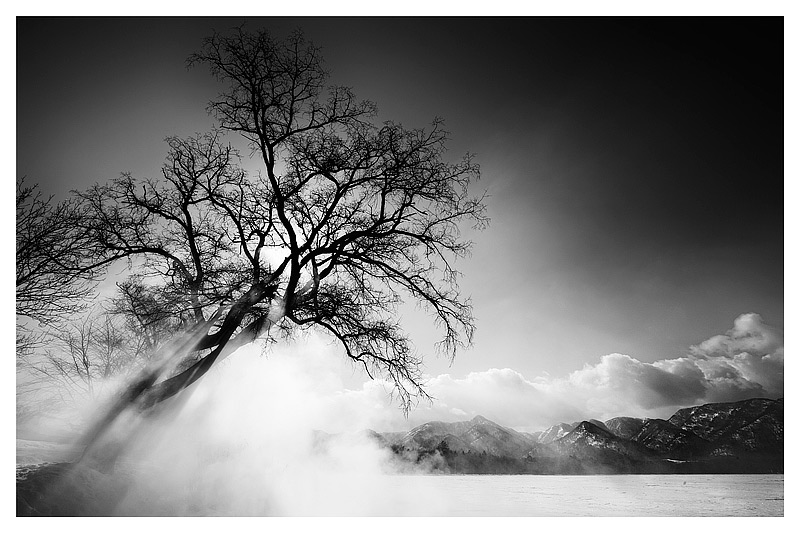
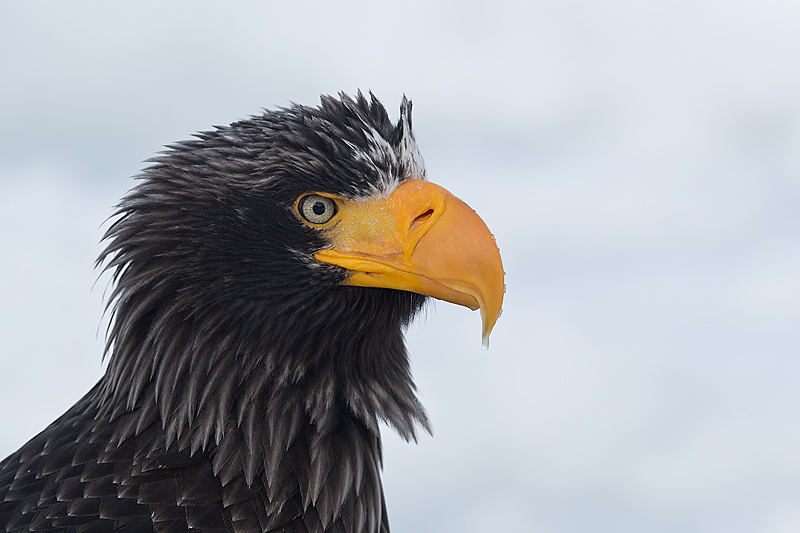
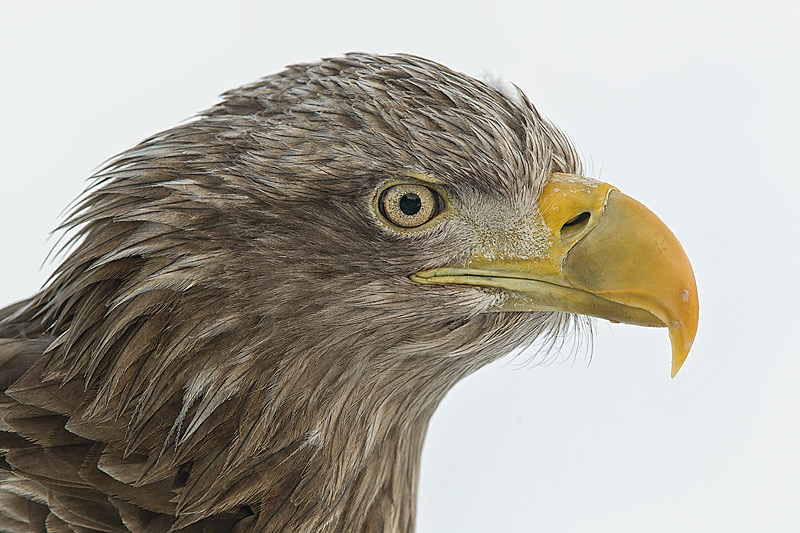
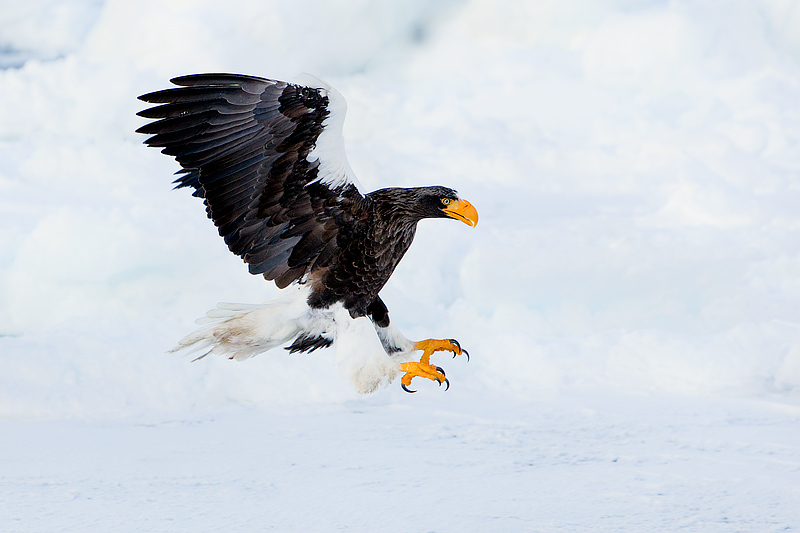
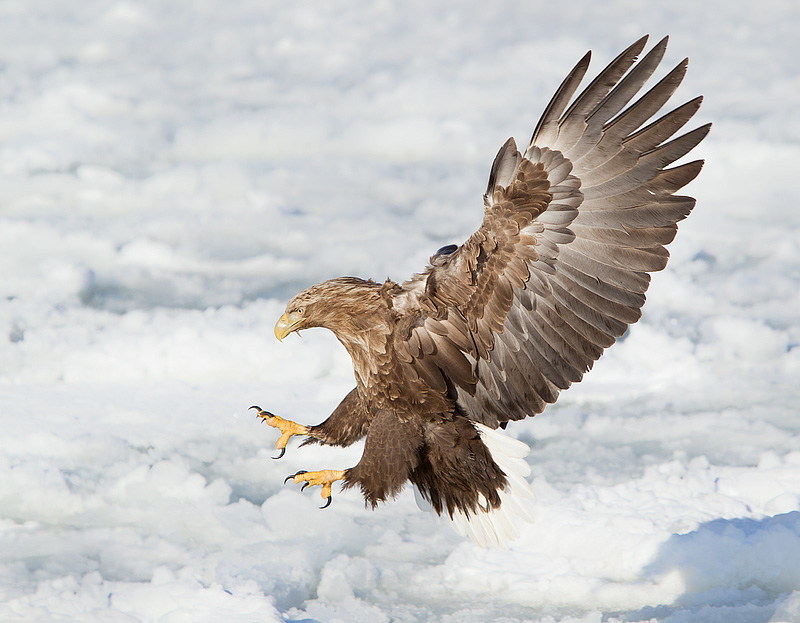
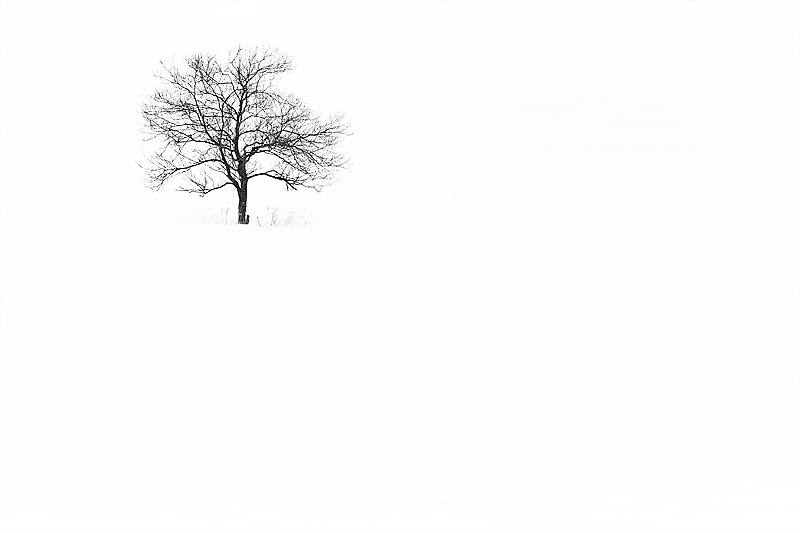
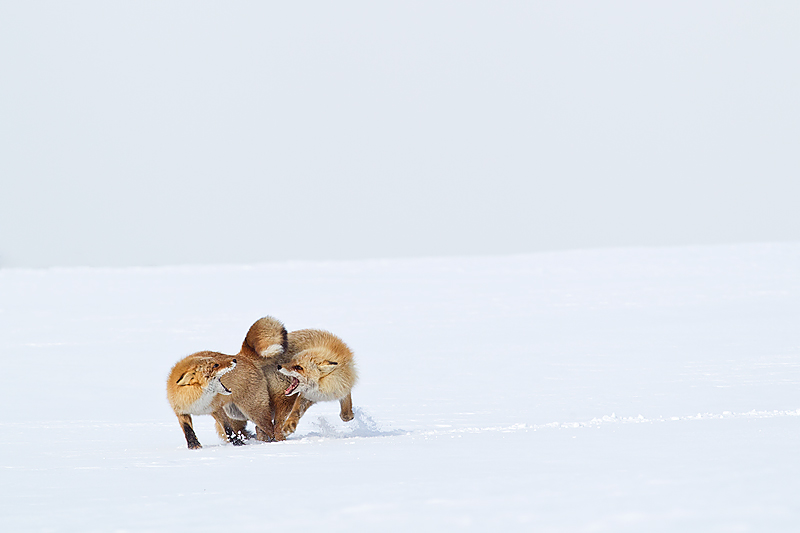
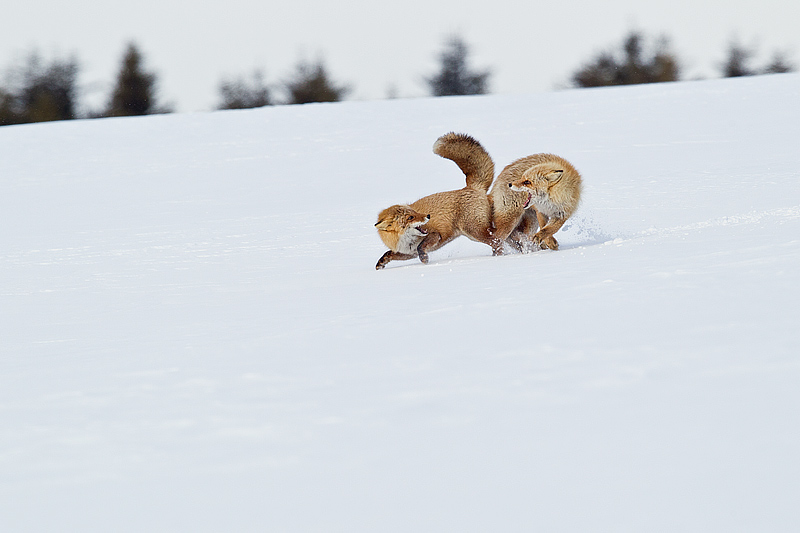
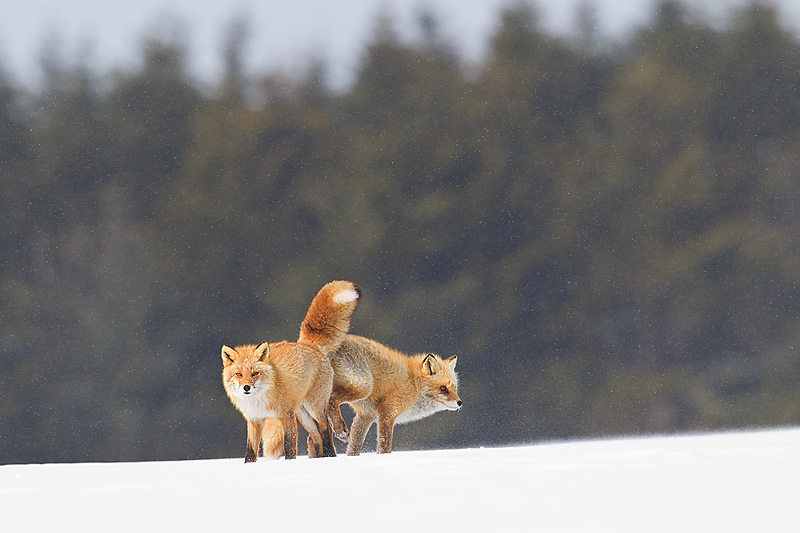
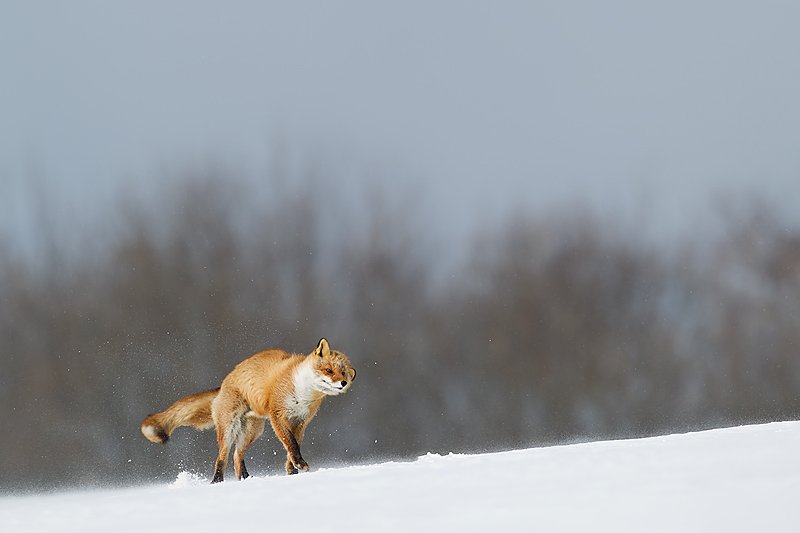
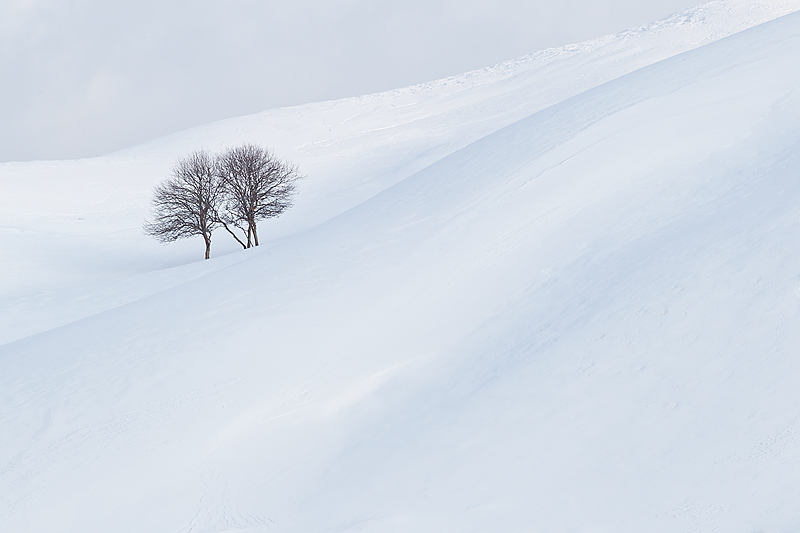
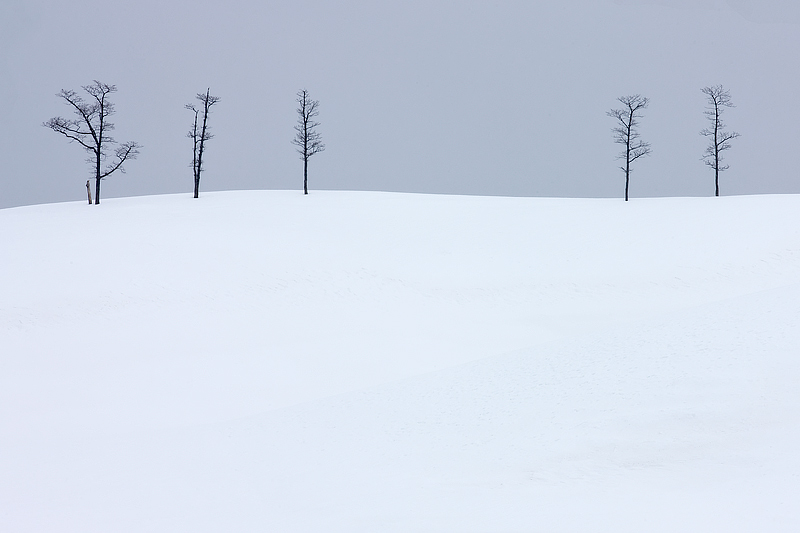
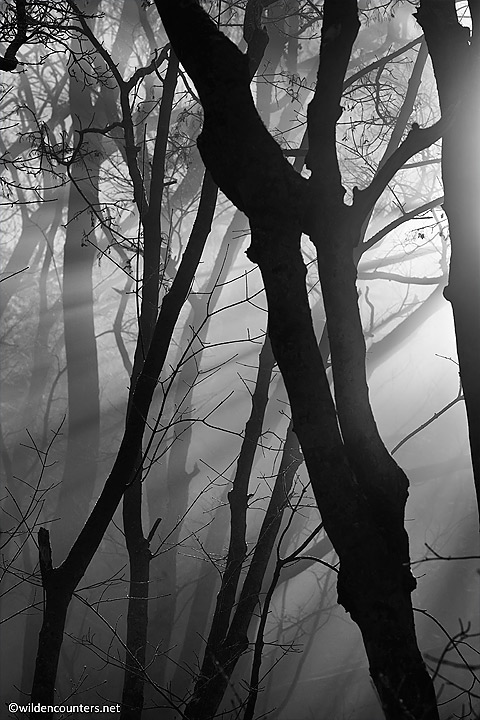
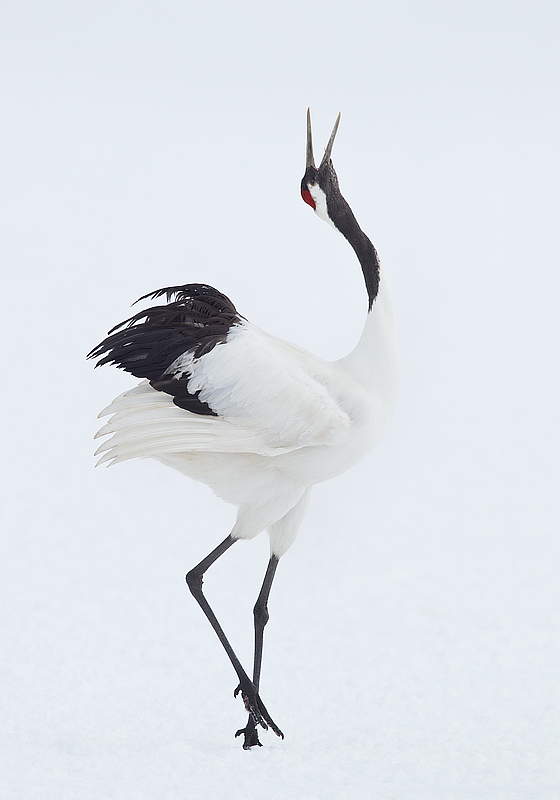
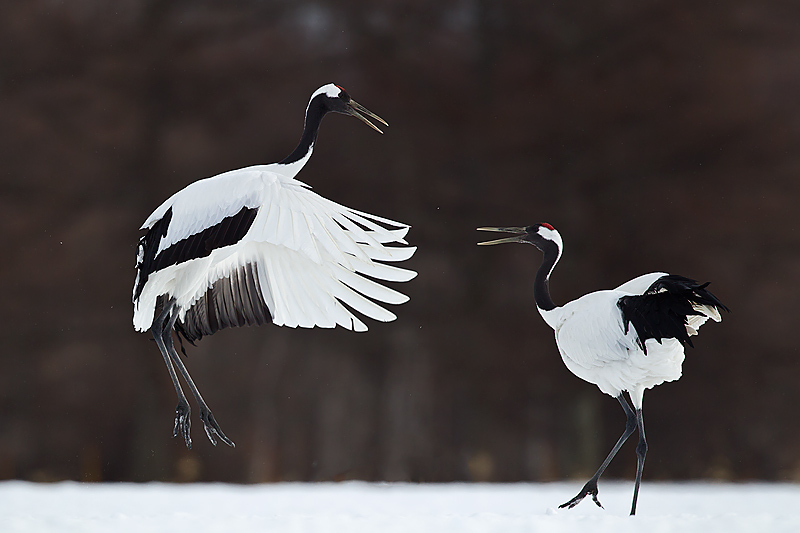
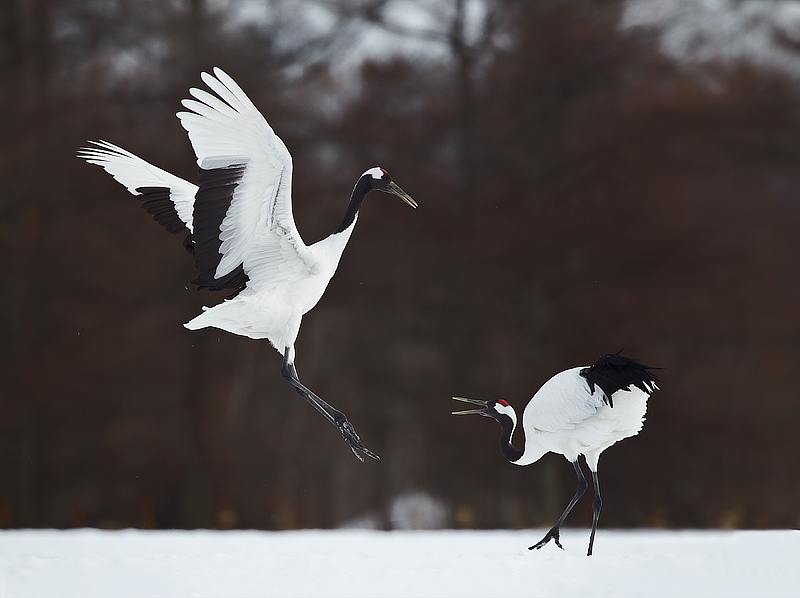
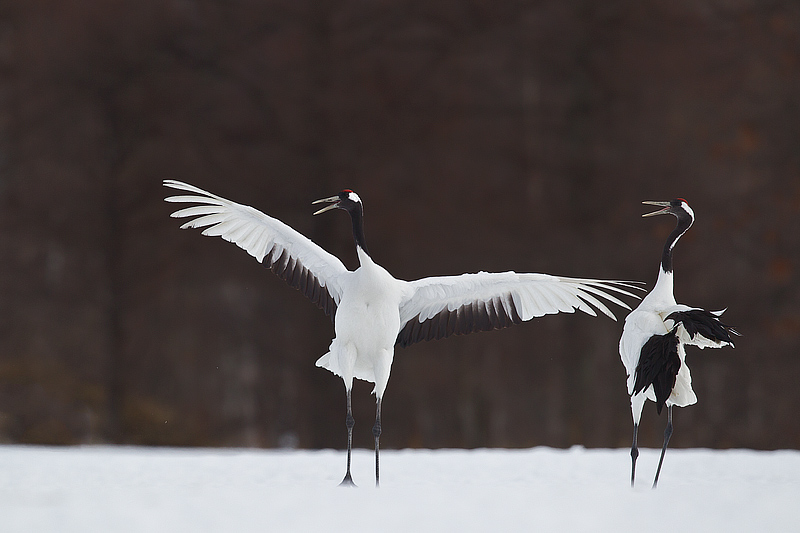
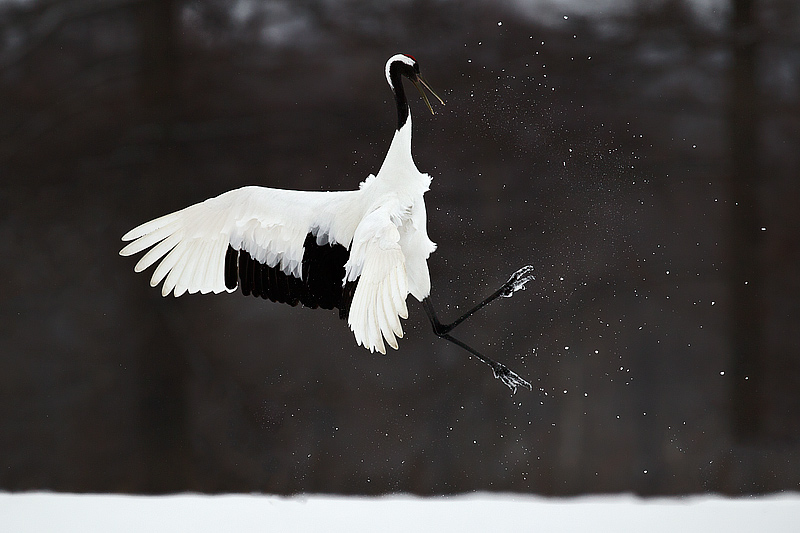
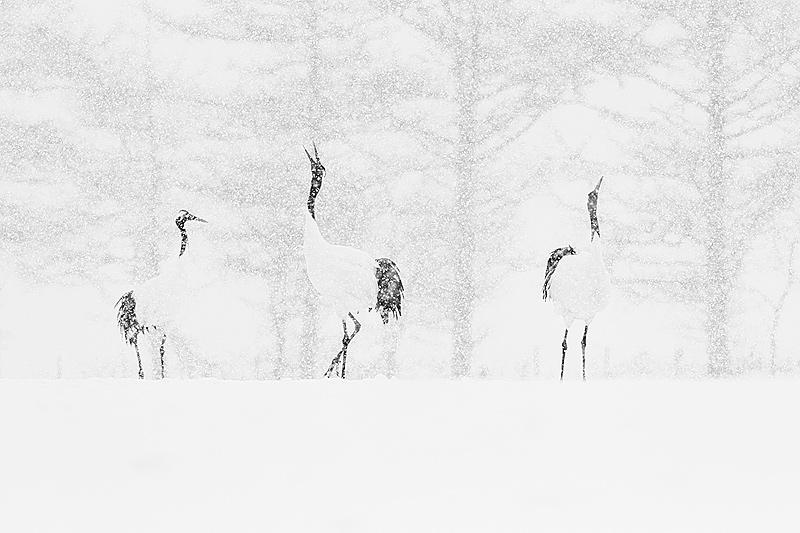
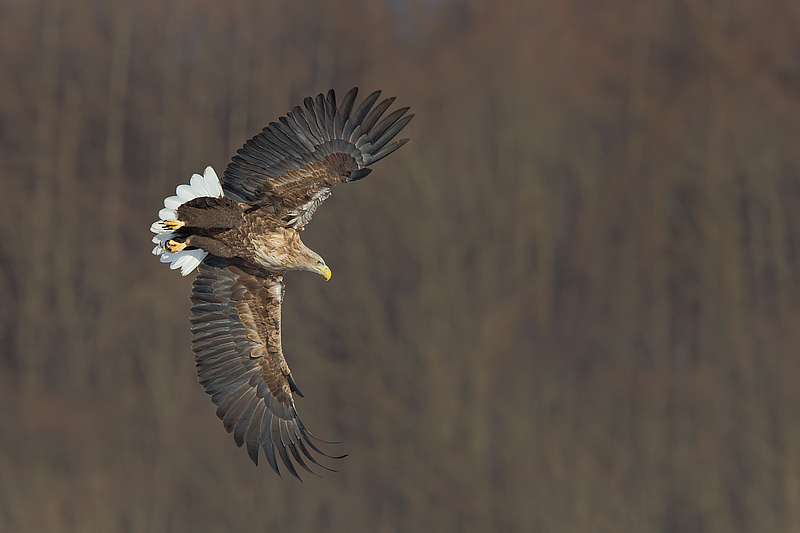
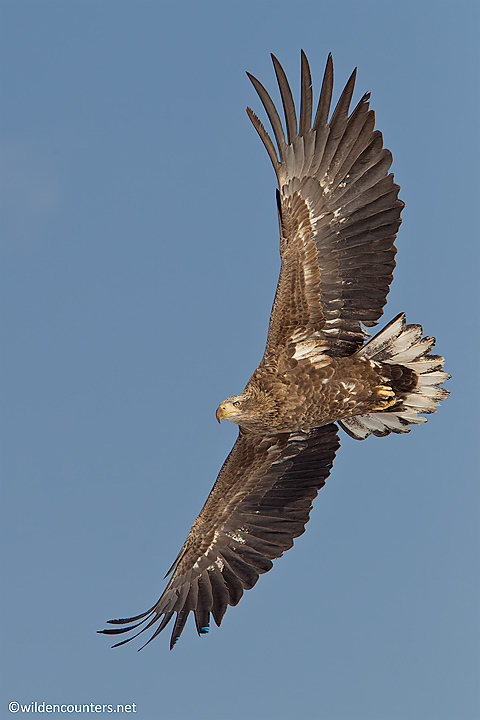
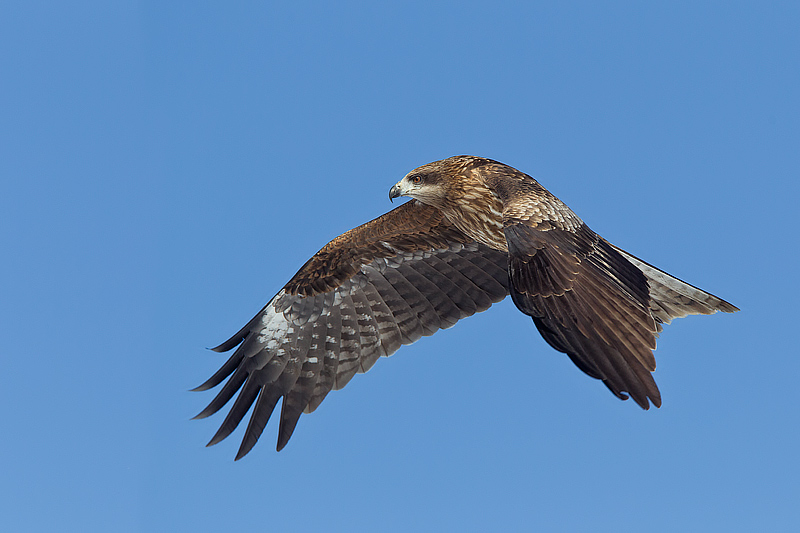
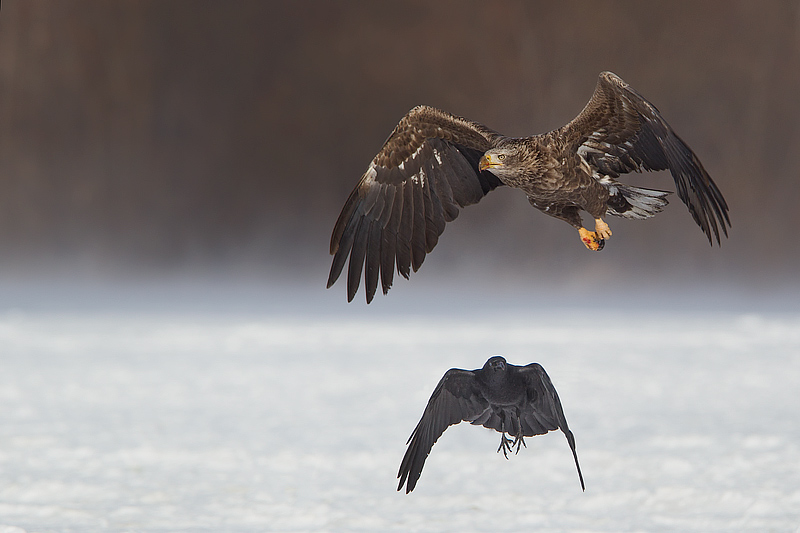
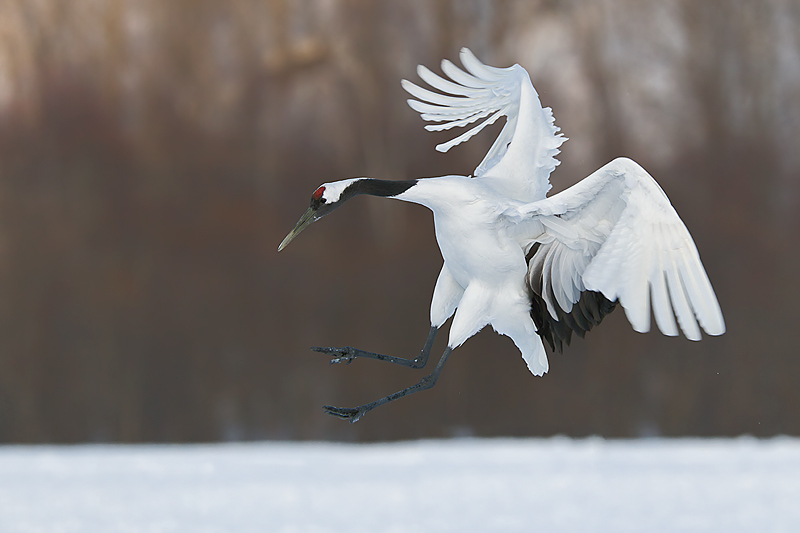
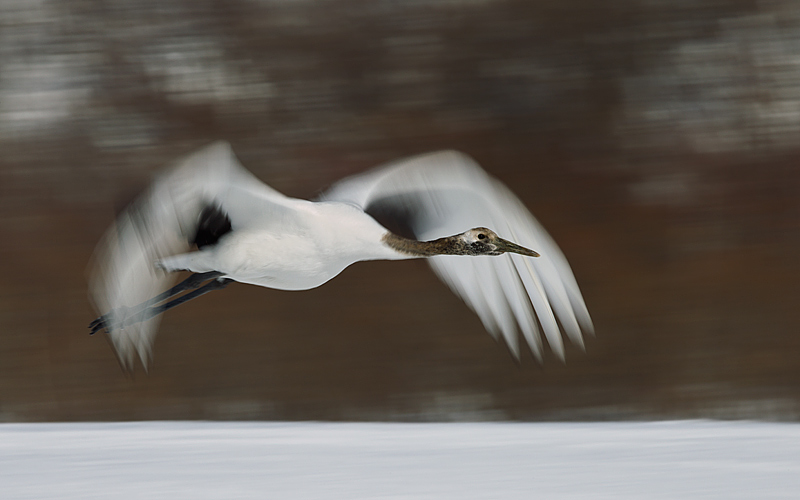
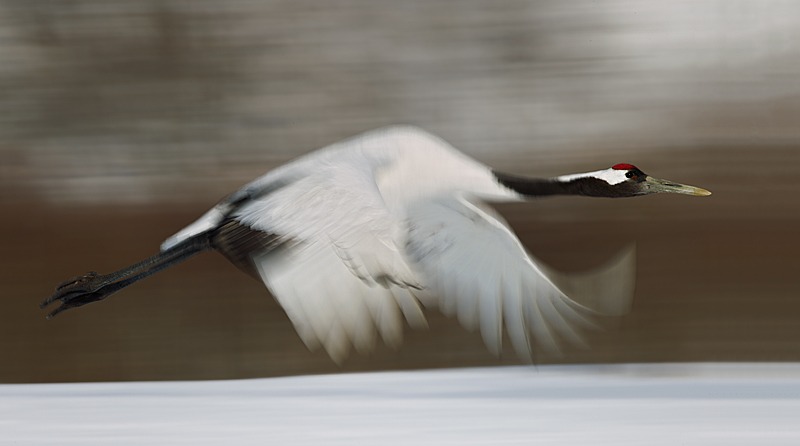
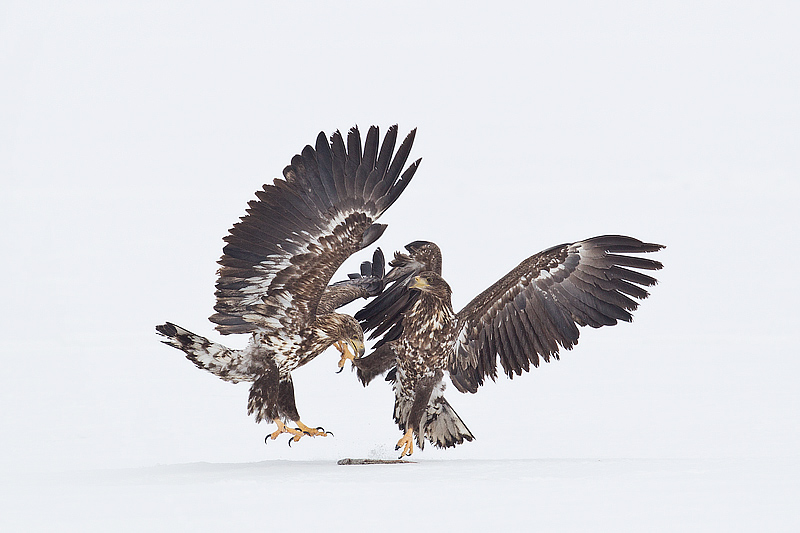
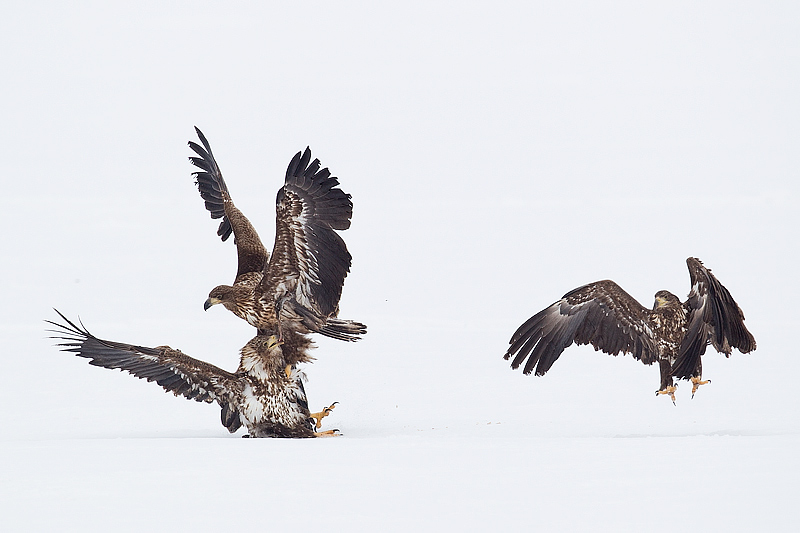
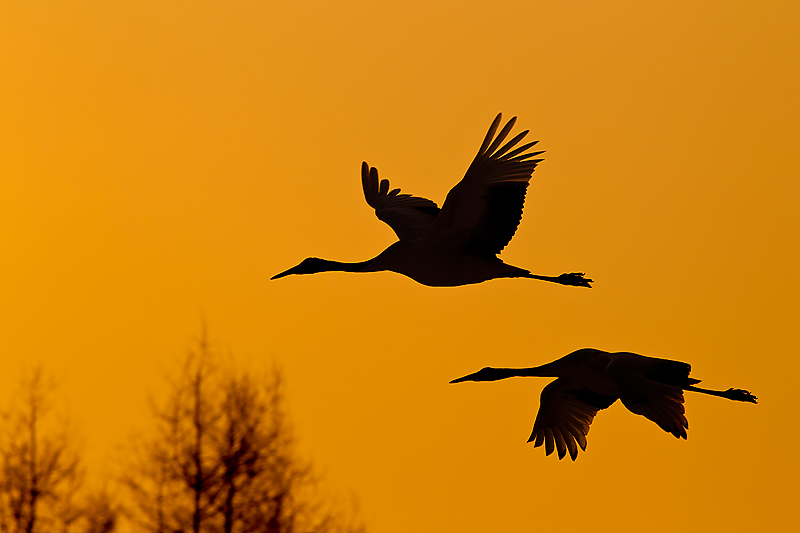
Federico Veronesi
March 19, 2012
Great work Paul! I love the second image from top! Keep it up! Look forward to see you in Mara soon!
All the best,
Federico
Paul Mckenzie
March 21, 2012
Hi Federico. Thanks for stopping by. Its always interesting to see which images people like the most and there is rarely a consensus view. Will be in the Mara in early August and then again in late September.
Arthur Morris
March 19, 2012
Wicked good. It was great seeing you there for a bit.
Paul Mckenzie
March 21, 2012
Hi Artie, many thanks for having me along on those last few days even if we didn’t have a lot of luck. Have been enjoying your images. Your Cranes fighting is way over the top.
Andy Diamond
March 19, 2012
Paul, This is the highlight of my day! Great, thoughtful shots and such a well-written story to accompany them.
Paul Mckenzie
March 21, 2012
Glad I could brighten up your day a bit Andy!
Bob Ayre
March 19, 2012
Good work. Regards from New Mexico.
Pete Goudswaard
March 19, 2012
Great set of images Paul!
Mary Ann Longshore
March 20, 2012
I wish I could be you for a while, but since I can’t, I will continue to enjoy your incredibly beautiful photographs, and your exciting exploits through e-mails. Thanks for sending them.
Verschueren Yan
March 20, 2012
Hi Paul,
That’s the place we first met. These pictures are again from masterhand and believe me very impressing. One of best I find is the one ‘Whooper Swans tucked-up on ice floes, sheltering from snow storm…’ but they are all great pictures.
Best regards
Yan
Paul Mckenzie
March 21, 2012
Thanks again Yan. I like that one a lot too. Let me know if there is anything I can do for you again at WWF in Belgium.
Ruth Vogele
March 20, 2012
It’s one thing to visit and witness these magnificent things, but another to capture them with your camera.You are truly talented Paul and also have a ‘mean’ way with words. Superb!!!
Paul Mckenzie
March 21, 2012
Thanks Ruth. Let me know if you find some good rain covers.
Sandy
March 20, 2012
It’s always such a treat to see your photos! Truly exceptional! I hope you are warm now.
Paul Mckenzie
March 21, 2012
Plenty warm now thanks Sandy.
Virginia Gray
March 20, 2012
Your images brought back all the familiar memories of Hokkaido we shared a couple of years ago.Thank goodness it is still as pristine as it was then & thanks for your dedication to recording these wonderful images of a natural wilderness!
All the best Paul.
Paul Mckenzie
March 21, 2012
Thanks Virginia. Yep still quite pristine.
Joanna Patterson
March 20, 2012
Hi Paul,
I really look forward to both your images and your commentary. You have attained proficiency in both arenas, which makes it a delight to indulge my senses, whenever you send the results of your photo forays.
Wish I could join you on next year’s adventure to Japan.
Paul Mckenzie
March 21, 2012
Thank you so much for your very generous praise Joanna. It really means a lot.
simon harris
March 20, 2012
Brilliant. I can hear the birds squabbling and feel a chill behind the ears.
Ana Maria Ibarrola Alvarez
March 20, 2012
Hi Paul
Thanks a lot , I`m learning a lot with your photos.
Ana Mari ( mexico-antartica )
Ardith Bondi
March 20, 2012
Stunning! As usual, Paul. Thank you so much for sharing your beautiful vision. I also enjoy your commentary, and I’m glad you got through your boarding school experiences…
Margie McNamara
March 20, 2012
wow!! Awesome!!! next time…..how about here in the Rocky Mountains of Colorado to stay cold!
Paul Mckenzie
March 21, 2012
…we need a baby sitter this Saturday. Free?
Paul Quah
March 20, 2012
Glad I didn’t miss that train! Thanks for a great trip. I would come back just for the great food at the places we stayed.
Paul Mckenzie
March 21, 2012
Yes the food was incredible and you even got some good images! Looking forward to next year.
jattinn kochhar
March 20, 2012
stunning as usual! u r truly gifted..
Gordon Lindsay
March 20, 2012
I think this is a great set of images Paul, love the Eagle shots.
Paul Mckenzie
March 21, 2012
Thanks Gordon.
Joel
March 20, 2012
If you need somebody to carry your bags or get you some hot tea while perched on the ice, don’t hesitate to ask!
Jaime Migoya
March 21, 2012
Tus fotografias son increibles! Gracias!
Paul Mckenzie
March 21, 2012
Gracias amigo!
Rodolfo Patron
March 21, 2012
Great beutiful pictures Paul! Nice work! Congratulations!
Rodolfo Patron
Paul Mckenzie
March 21, 2012
Thanks Rodolfo. Hope all is well in Mexico.
Gavriel
March 22, 2012
Great work Paul, it looks like you did have great time and weather situation to come out with bunch of great photographs.
Good luck with your travel and photos and I look forward to see more from you.
Gavriel Jecan
Paul Mckenzie
March 24, 2012
Thanks Gavriel. Are you still travelling with Art? Let me know if you come through Hong Kong so that we can meet up.
Ulla Spansdahl
April 13, 2012
Hi Paul
thank you so much for sharing. I loved both looking and reading. I do learn a lot by looking at your pictures besides just really enjoying the esthetics in your pictures. Got some good ideas about panning photos of birds.
One of my favourite spots in Norway is a small lake in Oslo with about 220 different species of birds having been observed there. Favourite time of photograhing is winter when most of the lake is frosen. The birds are used to people and you can get really close. Especially the mallards keep flying from one small open water area to another giving great opportunities to capture flight photos up close even when my longest lens is the 300 mm. Early in the morning in minus 16 celsius with frost smog, it is really great.
Ulla
Paul Mckenzie
April 22, 2012
Hi Ulla,
Would love to do some photography in Norway some day, or better still, Svalbard. Thanks for dropping by my site. Paul.
Danielle
April 27, 2012
Beautiful photos ! Really great work ! Keep it up !